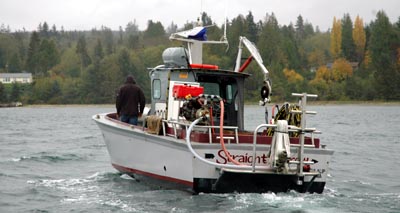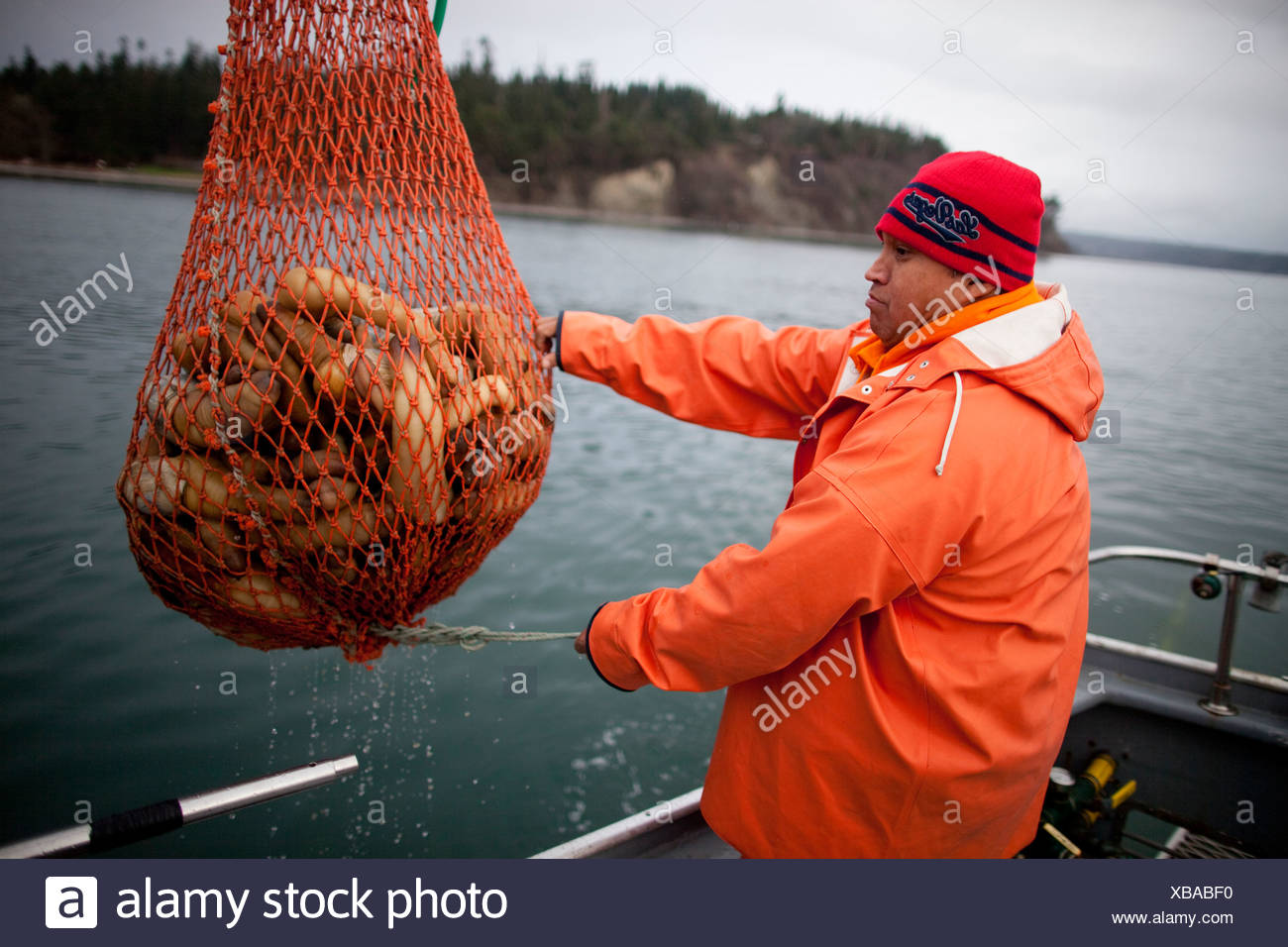

The state divers return to geoduck beds about every 10 years to check on how the population is recovering. But even given that, we still see signs of illegal harvest,” Sizemore says. “Our ability to detect (poaching) is pretty low.

They dive 150 times per year, but they’re only able to visit about 3 percent of the geoduck harvest areas. In addition to studying geoducks in the lab, Sizemore’s team of five divers check on geoduck beds in Puget Sound and the Strait of Juan de Fuca. “In 10 years, you would wipe out the population.” “Ten percent sounds like a pretty low number, but for a very long-lived animal with very low natural mortality, 10 percent is huge,” Sizemore says.

That’s why the total allowable harvest rate is 2.7 percent - anything higher would not be sustainable. But each time a geoduck bed is harvested, it takes about 40 years for the population there to recover. Puget Sound has hundreds of millions of geoducks, a seemingly endless supply. “So you need to be very careful with the harvest rate.” “If you cut down a forest, it takes a very long time to come back,” Sizemore says. These slow-growing, long-lived clams have been called Puget Sound’s old-growth trees. And that information helps Sizemore’s team decide how many can safely be harvested. They were alive when Abraham Lincoln was president.” “They have rings that you can count, just like a tree,” says Bob Sizemore, turning a hard white shell over in his hands. They cut cross-sections and look at them under a microscope to determine how old they are and what kind of a life they’ve had. That’s in part, officials say, because of the ongoing scientific research that informs the harvest limit.įrom a fish and wildlife lab in Olympia, Sizemore and his team study geoducks by analyzing their shells. Despite the black-market pressure, Washington’s wild geoduck fishery has been called one of the best-managed fisheries in the world.


 0 kommentar(er)
0 kommentar(er)
